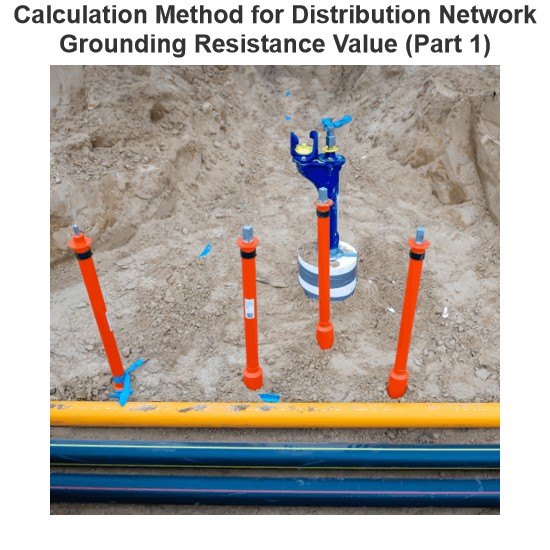Why does a neutral wire burn out?
Why Does the Neutral Wire Burn Out?
The neutral wire (or neutral line) burning out is a common electrical issue that can be caused by various factors. Here are some of the main reasons why a neutral wire might burn out:
1. Overload
Excessive Current: If the load in the circuit exceeds the design capacity, the current on the neutral wire will be too high, causing significant heating and eventually leading to burnout.
Short Circuit: A short circuit between the neutral wire and other conductors (such as the live wire) can cause a sudden surge in current, leading to overheating and burnout.
2. Poor Contact
Loose Connections: Loose connections at terminals, switches, outlets, or other points can result in poor contact, increasing resistance and generating excessive heat, which can lead to burnout.
Oxidation and Corrosion: Over time, oxidation or corrosion at connection points can increase contact resistance, causing localized overheating.
3. Insulation Damage
Damaged Insulation: Wear, aging, or other factors can damage the insulation of the neutral wire, causing it to come into contact with the ground wire or other conductors, leading to short circuits and overheating.
Environmental Factors: High temperatures, humidity, and chemical corrosion can degrade the insulation of the neutral wire, increasing the risk of short circuits and overheating.
4. Improper Wiring Design
Insufficient Wire Gauge: Using a neutral wire with a gauge that is too small for the actual current load can cause overheating and burnout.
Poor Layout: An improperly designed layout that places the neutral wire too close to other conductors or equipment can increase the risk of short circuits.
5. Equipment Failure
Internal Short Circuit: A short circuit inside an electrical device can cause an increase in current on the neutral wire, leading to overheating and burnout.
Leakage Current: Leakage from electrical devices can place additional current on the neutral wire, causing overheating.
6. Poor Grounding
Faulty Grounding System: If the grounding system is faulty or ineffective, the neutral wire may carry additional current, leading to overheating and burnout.
Misuse of Neutral and Ground Wires: In some incorrect wiring practices, the neutral and ground wires may be mixed, causing the neutral wire to carry current it was not designed to handle, leading to overheating.
7. Improper Maintenance
Lack of Regular Inspection: Insufficient regular electrical inspections and maintenance can allow potential issues to go undetected and unresolved.
Improper Operation: Incorrect operation or improper repair can damage the neutral wire, increasing the risk of burnout.
Preventive Measures
Proper Design: Choose a neutral wire with an appropriate gauge to ensure it can handle the actual current load.
Standard Installation: Follow electrical installation standards to ensure secure and proper connections.
Regular Inspections: Conduct regular electrical inspections and maintenance to identify and address potential issues promptly.
Environmental Protection: Take measures to protect the neutral wire from high temperatures, humidity, and chemical corrosion.
Correct Use of Equipment: Ensure that electrical devices are functioning properly to avoid internal short circuits and leakage.
Summary
The burnout of a neutral wire can be caused by various factors, including overload, poor contact, insulation damage, improper wiring design, equipment failure, poor grounding, and improper maintenance. By ensuring proper design, standard installation, regular inspections, and maintenance, the risk of neutral wire burnout can be effectively minimized. We hope the above information is helpful to you
The Electricity Encyclopedia is dedicated to accelerating the dissemination and application of electricity knowledge and adding impetus to the development and innovation of the electricity industry.













